FUNDING CUTS IMPACT CT HUMANITIES: Help CT Humanities navigate recent funding cuts and continue our vital work across Connecticut. All donations made to CTH will be matched dollar-for-dollar up to $50,000. Donate today!
News & Updates
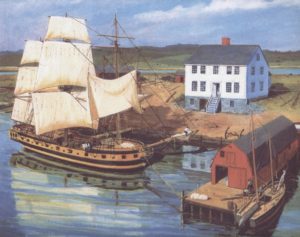
Oliver Cromwell Launched – Today in History: June 13
On June 13, 1776, the ship Oliver Cromwell was launched in Essex, one of the largest full-rigged ships built after the establishment of Connecticut’s navy.
Read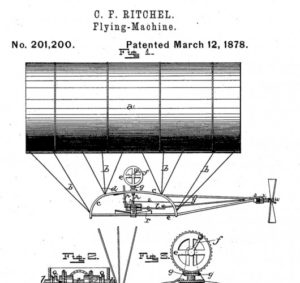
Flying High with Early Dirigible
In what would later be described as “the first flight of a man-carrying dirigible in America,” aeronaut Mark Quinlan piloted a machine designed and patented by Charles F. Ritchel.
Read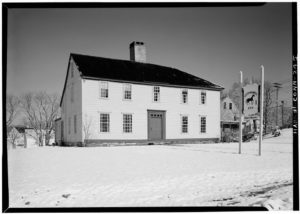
Christopher Leffingwell Born – Today in History: June 11
On June 11, 1734, businessman and civic leader Christopher Leffingwell was born in Norwich.
Read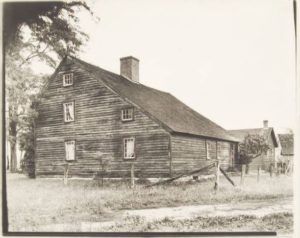
A Connecticut Home That Dates Back to the 1600s!
Dating back to the mid-17th century, the Thomas Lee House in East Lyme, Connecticut, is one of the oldest wood-frame houses in the state.
Read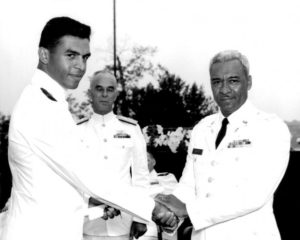
Academy Graduates First African American Student – Today in History: June 8
On June 8, 1966, the US Coast Guard Academy in New London graduated the first African American student, Ensign Merle James Smith, Jr.
Read
The Hartford Insurance Investigator With the Action-Packed Expense Account
Based in Hartford, “Yours Truly, Johnny Dollar” was one of America’s most popular radio shows during the 15 years it aired.
Read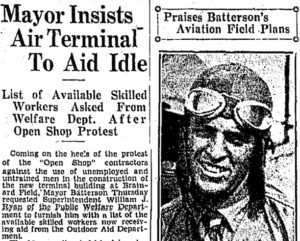
“Something to Show for Our Work”: Building Brainard Airport
At the height of the Great Depression, unemployed men living around Hartford, became a cheap source of labor to help build Brainard airport.
Read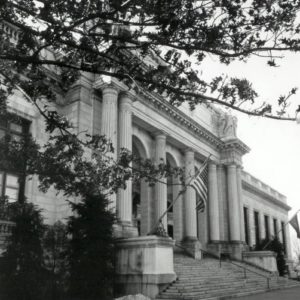
Parking Authority Created in New Haven – Today in History: June 2
On June 2, 1953, the Connecticut Supreme Court of Errors ruled that creating a parking authority in the city of New Haven was constitutional.
Read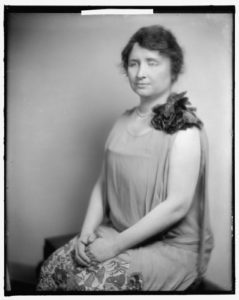
Helen Keller Dies – Today in History: June 1
On June 1, 1968, American author, political activist, and lecturer Helen Keller died at the age of 87.
Read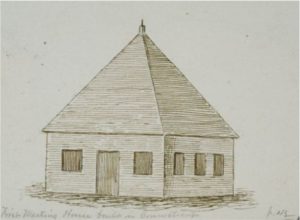
The Free Consent of the People: Thomas Hooker and the Fundamental Orders
Government formed with the consent of the people was a radical idea in the age of nations ruled by monarchs, emperors, and tsars.
Read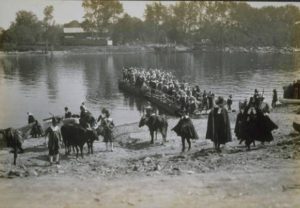
Colonial Revival Movement Sought Stability during Time of Change
The Colonial Revival was national in its scope, but as a state rich in historic resources, Connecticut became inextricably linked with the movement.
Read
Mary Hall: Connecticut’s First Female Attorney
Writer and suffragist Mary Hall studied law under John Hooker and became Connecticut’s first female attorney.
Read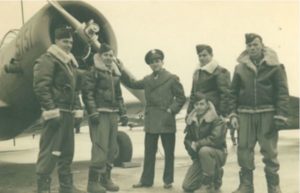
Hometown Hero: Wallingford Remembers Stanley Budleski
Stanley Budleski was the first serviceman from Yalesville to be killed in World War II.
Read
Josephine Bennett: Hartford’s City Mother
By linking disparate social and political movements of the early 20th century, activist Josephine Bennett was “intersectional” well before the term was invented.
Read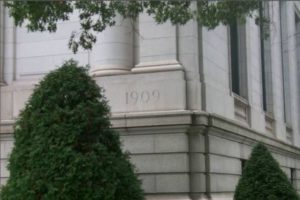
Cornerstone Set – Today in History: May 25
On May 25, 1909, the cornerstone was laid for the new State Library and Supreme Court building in Hartford.
Read
Connecticut’s Capitol Building – Inside and Out
The Connecticut State Capitol was built at a time when Civil War commemoration was gaining popularity.
Read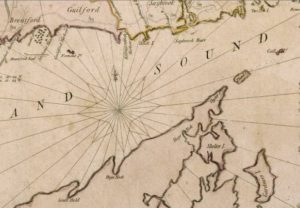
Stealth Attack from Guilford Launched – Today in History: May 23
On May 23, 1777, Colonel Return Jonathan Meigs launched a lightning raid from Sachem Head in Guilford on Sag Harbor.
Read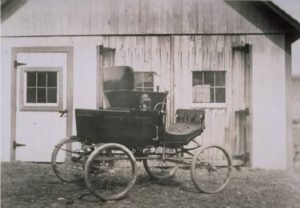
Setting Speed Limits – Today in History: May 21
On May 21, 1901, Connecticut passed An Act Regulating the Speed of Motor Vehicles.
Read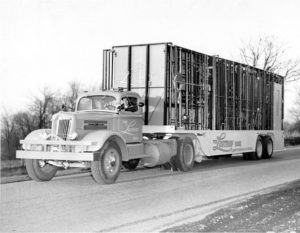
Metal Homes for the Atomic Age
Once touted as the house “America has been waiting for,” only a few post-WWII Lustron steel houses remain in Connecticut.
Read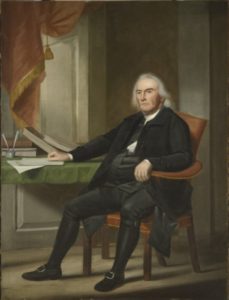
Dark Day – Today in History: May 19
On May 19, 1780, a strange darkness fell over much of New England. The darkness that enveloped Connecticut remained there for a day and a half.
Read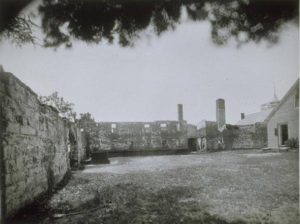
New-Gate Prison Breakout – Today in History: May 18
On May 18, 1781, the largest mass breakout in the history of New-Gate Prison took place.
Read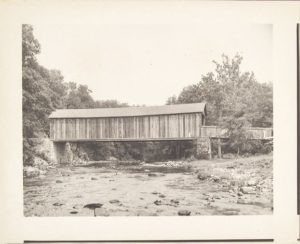
The Comstock Bridge Brings East Hampton Residents Together
Over the Salmon River, the Comstock Bridge served as part of the main road between Colchester and Middletown for much of its existence.
Read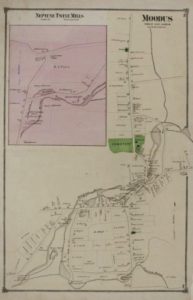
Largest Earthquake in Connecticut – Today in History: May 16
On May 16, 1791, the largest earthquake to shake Connecticut took place in Moodus, an area known for earthquake activity.
Read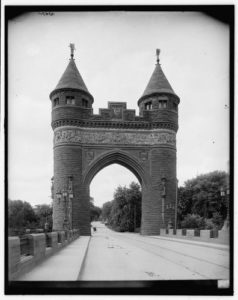
The Soldiers and Sailors Memorial Arch, Hartford
Situated in Bushnell Park, the Soldiers and Sailors Memorial Arch honors the more than 4,000 Hartford men who fought for the Union during the Civil War.
Read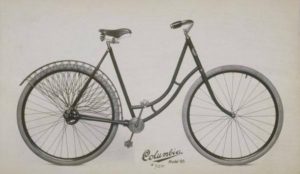
Albert Pope Pioneered Bicycles for Women
Hartford-based inventor Albert Pope saw his first bicycle at the 1876 Centennial Exposition in Philadelphia and was so impressed that he went to Europe to study how bicycles were made.
Read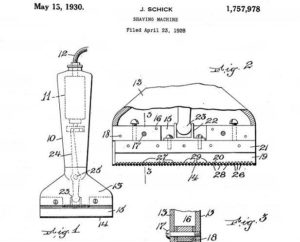
Jacob Schick Invents the Electric Razor – Today in History: May 13
On May 13, 1930, Colonel Jacob Schick obtained patent No. 1,757,978 for his dry electric shaver.
Read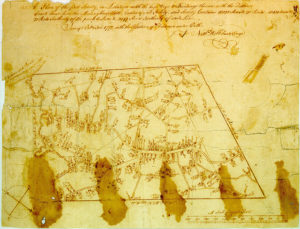
Exploring Early Connecticut Mapmaking
Renderings of the terrain served a variety of purposes, from supporting colonists’ land claims as well as tribal counterclaims to settling religious disputes and even adorning the homes of the well-off.
Read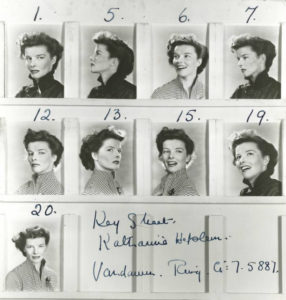
Katharine Hepburn’s Love Affair (with Connecticut)
One of the most popular actresses of the 20th century, Katharine Hepburn was born in Hartford and lived much of her later life in Old Saybrook.
Read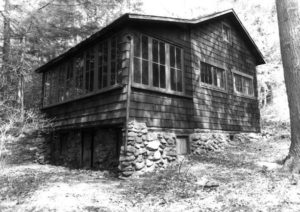
A Russian Village Retreat in Southbury
The unique blend of American and Russian architecture found in Churaevka, along with the important part the village played in defining early 20th-century Russian immigration, earned it a spot on the National Register of Historic Places in 1988.
Read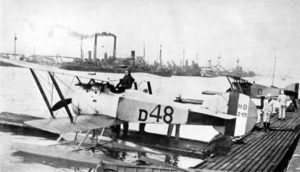
The First Yale Unit: How U.S. Navy Aviation Began
The legacy forged by the First Yale Unit lead to the creation of the Army Air Corps and military aviation as we know it.
Read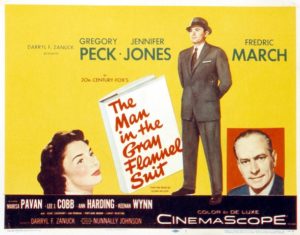
Sloan Wilson, the Man in the Gray Flannel Suit, is Born – Today in History: May 8
On May 8, 1920, American author Sloan Wilson was born in Norwalk, Connecticut. Readers know Wilson best for his 1955 book The Man in the Gray Flannel Suit.
Read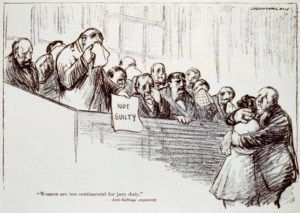
Elizabeth W. Coe Demands the Right of Jury Service
After passage of the 19th Amendment, Elizabeth W. Coe of Waterbury argued that women should be granted the right to serve on jury panels.
Read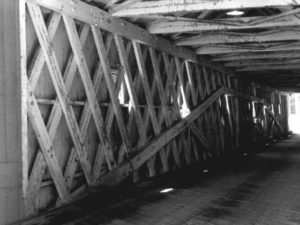
West Cornwall Covered Bridge: An Icon of New England Craftsmanship
The West Cornwall Covered Bridge is listed on the National Register of Historic places and has been a symbol of the area’s rural heritage for almost 150 years.
Read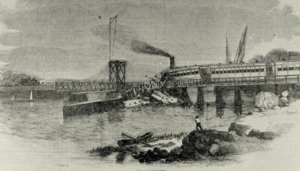
Misread Signal Leads to Deadly South Norwalk Train Wreck – Who Knew?
By 1853, the era of steamboat transportation had largely given way to trains, but there was still a need to manage drawbridges for safe passage.
Read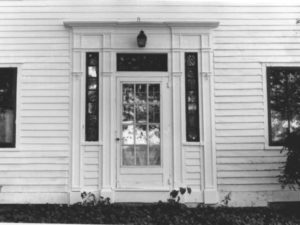
The Prospect Green as a Historical Narrative
In the southeast corner of the intersection of Routes 68 and 69 in Prospect lies the community’s historic town green.
Read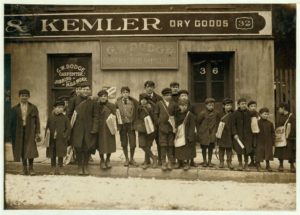
The Newsies Strike Back
Despite organizing in 1909 to fight pay cuts, ultimately, vending machines and changing business models brought an end to the era of the Hartford newsie.
Read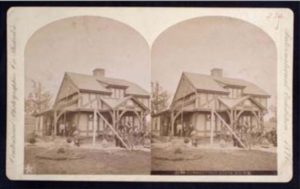
Take Me to the Fair: Connecticut Exhibits at the International Expositions
Connecticut took part in many of the great World’s Fairs, especially those held in North America.
Read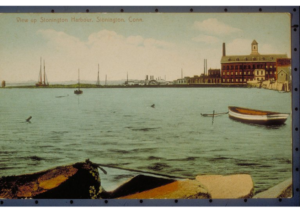
Borough of Stonington
Settled in 1752, Stonington became a fishing, shipbuilding, whaling, and sealing center and survived attacks during both the Revolutionary War and the War of 1812.
Read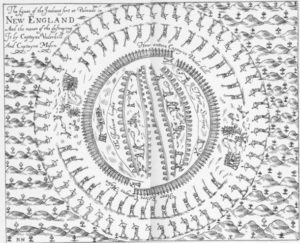
Connecticut Declares War Against the Pequot – Today in History: May 1
On May 1, 1637, Connecticut Colony declared war against the Pequot.
Read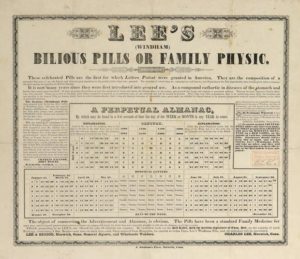
First American Medicine Patent – Today in History: April 30
On April 30, 1796, Samuel Lee Jr. of Windham, Connecticut, received a Letters Patent for his composition of bilious pills.
Read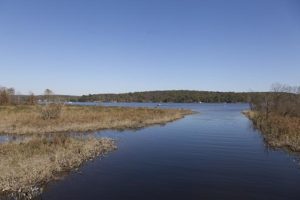
The Connecticut River
The Connecticut River received a designation as an American Heritage River, and it remains protected as just one of 14 rivers in the country to be recognized as such.
Read
USS Tullibee – Today in History: April 27
On April 27, 1960, the USS Tullibee, the first atomic submarine to use turbo-electric propulsion, was launched.
Read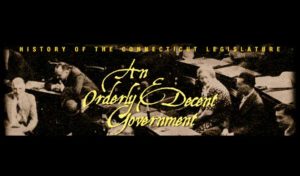
An Orderly and Decent Government
An Orderly and Decent Government is an exhibition on the history of representative government in Connecticut developed by the CT Humanities in April 2000.
Read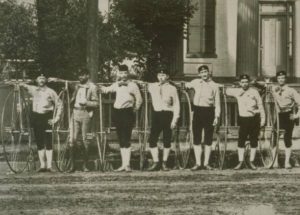
The Hartford Wheel Club: Disparity in the Gilded Age
Despite the wealth found in some sections of the city, the economic volatility of the Gilded Age produced hard times for residents of Hartford.
Read
John Rogers was a 19th-Century Sculptor for the Common Man
John Rogers was an American sculptor whose style and production methods made his art popular with middle-class art collectors in the 19th century.
Read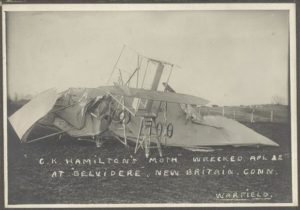
Hamilton Wrecks Aeroplane – Today in History: April 22
On April 22, 1911, aviation pioneer Charles Hamilton crashed his brand new, all white, biplane the “Moth” at Andrews Field in New Britain.
Read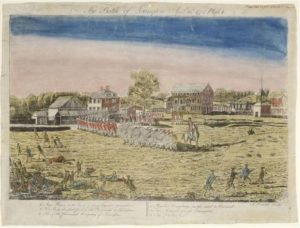
News From Lexington: Contemporary Views of the Opening Battles of the American Revolution
A rare set of prints by New Haven printer Amos Doolittle depicts the momentous events of April 19, 1775.
Read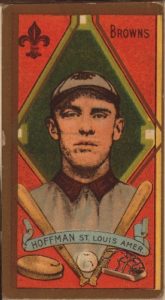
A Real Connecticut Yankee’s Baseball Career Cut Short
An up-and-coming baseball star discovered playing on the lots of Collinsville, Danny Hoffman played in the majors before joining the New York Yankees.
Read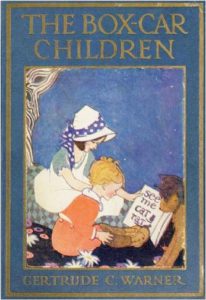
Connecticut: Home to the Boxcar Children Mysteries – Who Knew?
…that Gertrude Chandler Warner, a lifelong resident of Putnam, Connecticut, authored the popular series The Boxcar Children Mysteries?
Read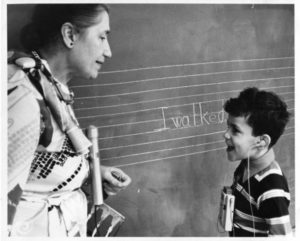
The American School for the Deaf – Today in History: April 15
On April 15, 1817, the Connecticut Asylum for the Education and Instruction of Deaf and Dumb Persons opened with seven pupils in Hartford.
ReadMore Articles




